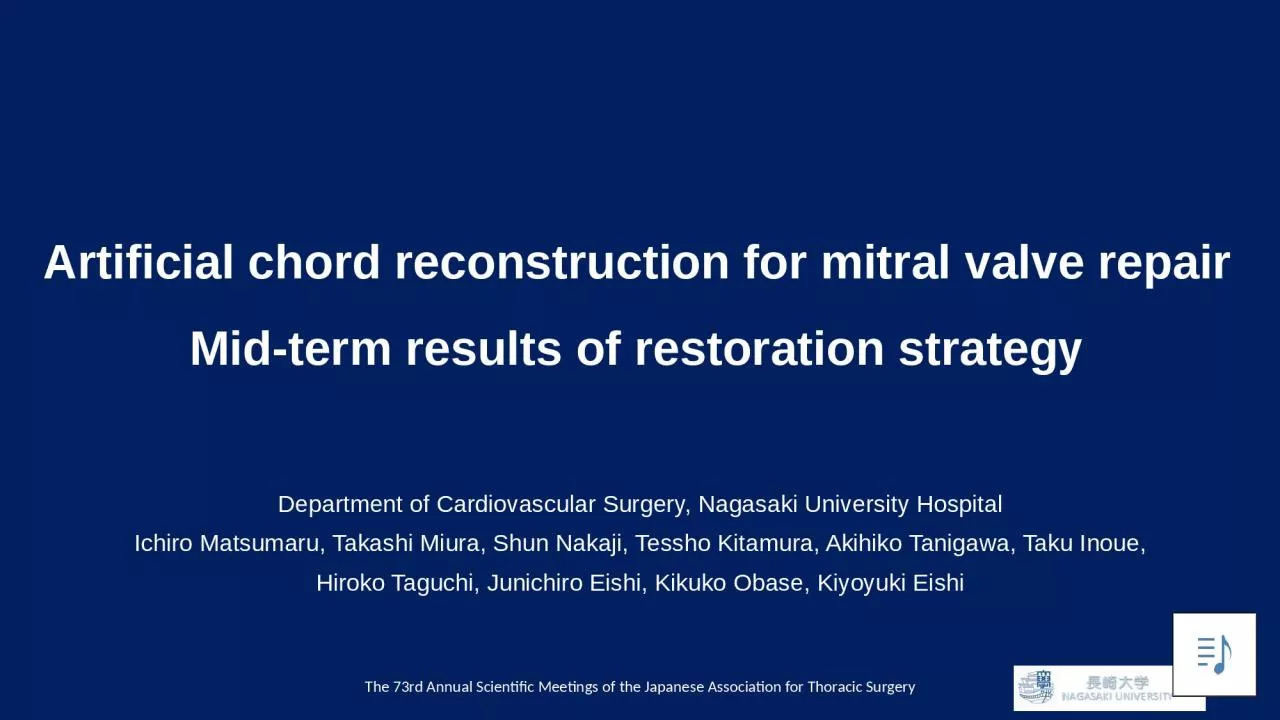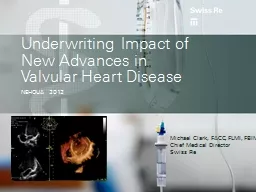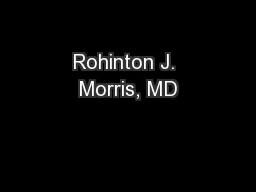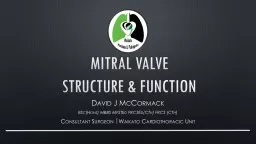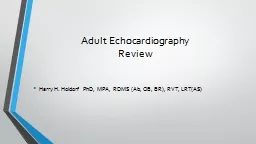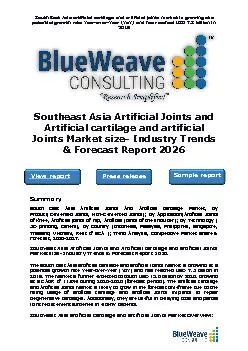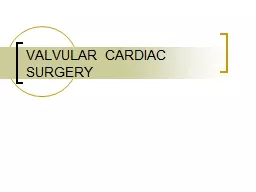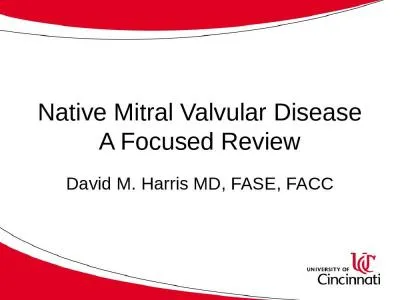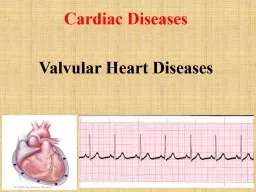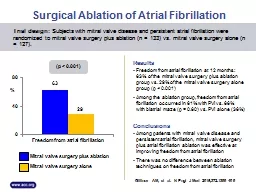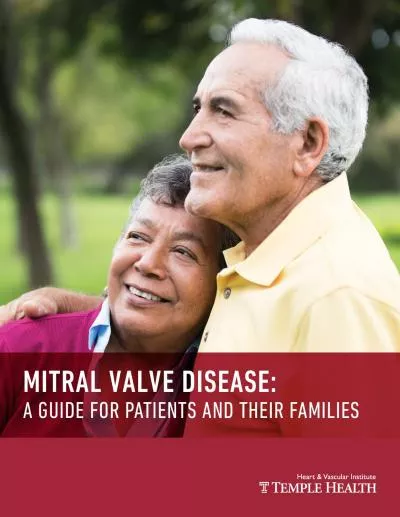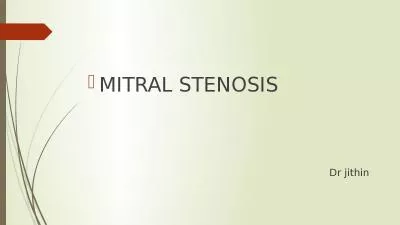PPT-Artificial chord reconstruction for mitral valve repair
Author : QueenBee | Published Date : 2022-07-28
Midterm results of restoration strategy Department of Cardiovascular Surgery Nagasaki University Hospital Ichiro Matsumaru Takashi Miura Shun Nakaji Tessho Kitamura
Presentation Embed Code
Download Presentation
Download Presentation The PPT/PDF document "Artificial chord reconstruction for mitr..." is the property of its rightful owner. Permission is granted to download and print the materials on this website for personal, non-commercial use only, and to display it on your personal computer provided you do not modify the materials and that you retain all copyright notices contained in the materials. By downloading content from our website, you accept the terms of this agreement.
Artificial chord reconstruction for mitral valve repair: Transcript
Download Rules Of Document
"Artificial chord reconstruction for mitral valve repair"The content belongs to its owner. You may download and print it for personal use, without modification, and keep all copyright notices. By downloading, you agree to these terms.
Related Documents

